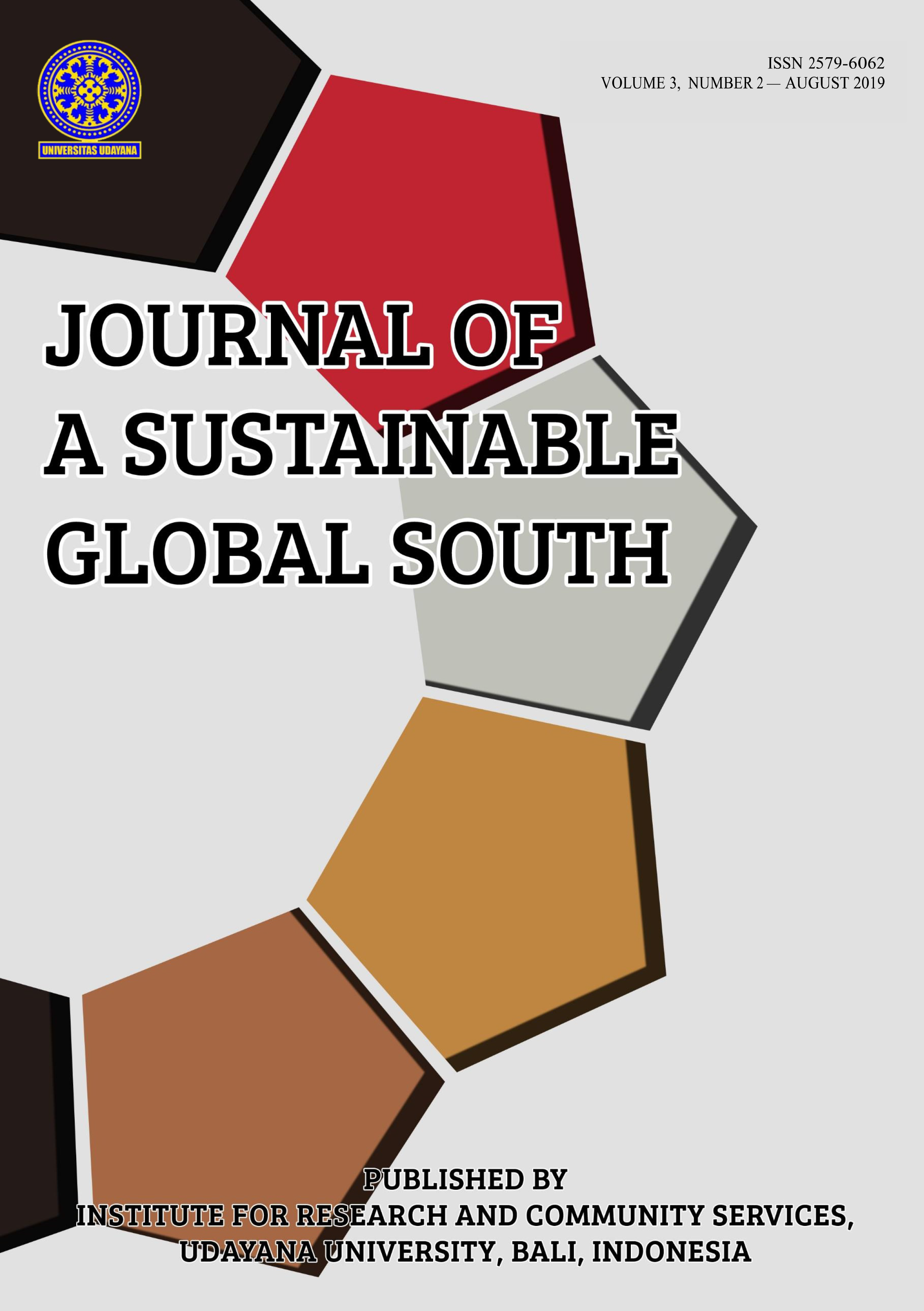The Vernacular Roots Vernacular Architecture as a Leader to the New Sustainable Dwelling
August 2019
Abstract
In today's world, sustainability is gaining importance primarily in architecture; it should be possible to build it sustainably in the tropics. An example of this is the vernacular architecture, local materials and an adaptation to the environment, which enable the design of outstanding dwellings, which do not rely on technical tools. Unfortunately there is a great imbalance in Bali, and the local population is still strongly dependent on the building of the vernacular. The tourism industry has created its own high-tech architecture. Apart from a few exceptions, the luxury tourism industry nowadays has to deal with climatic factors instead of adapting them. Now I would like to research in a case study which aspects make the Balinese house so adapted and whether these aspects are still valid for today's claims. Basically, I asked myself these four questions: What are the characteristics of a contemporary tropical house in Bali? What aspects make these houses a tropical house without a negative impact on the Balinese vernacular architecture? What architectural means can help to create a local identity? Which architectural instrument makes it possible to integrate into Balinese urbanity? I would like to try to answer these questions using the case study of two examples and my gained knowledge.
Index Terms— sustainability, vernacular, architecture










(1).png)


